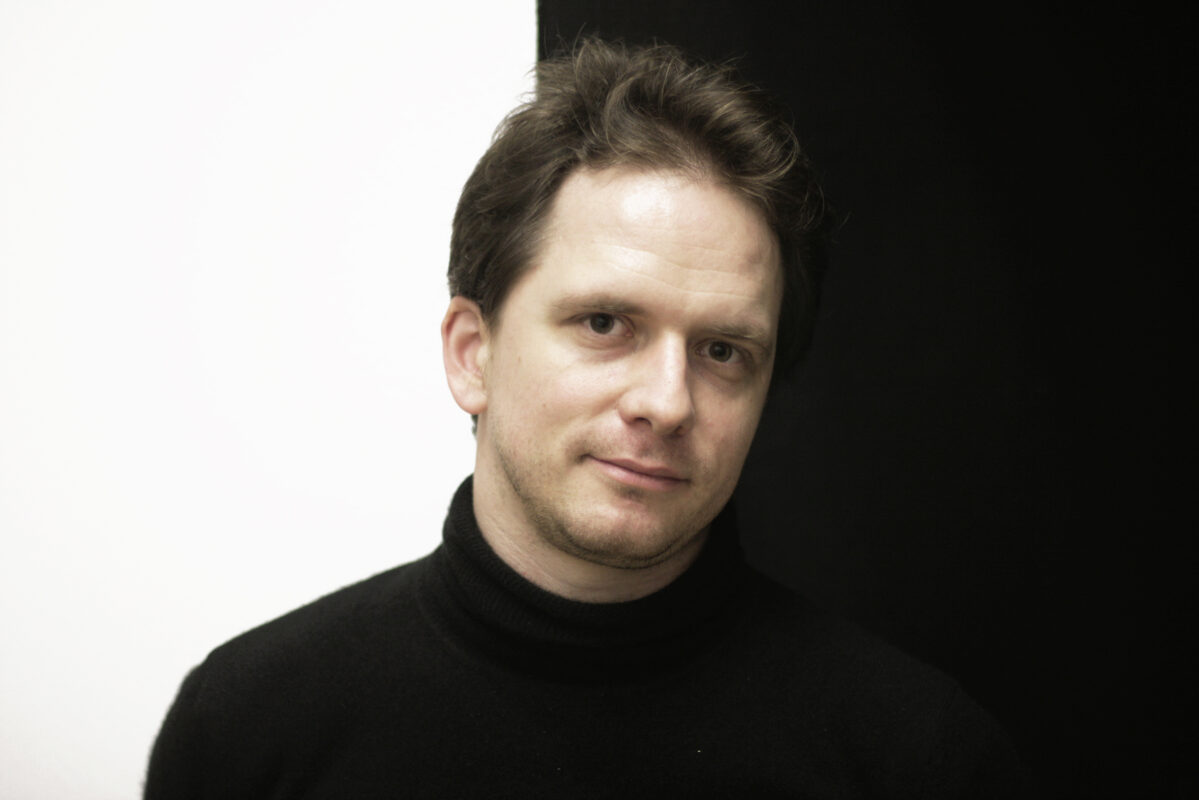Piano Sonata No. 29
Every Friday, Beethoven is here. To mark the 250th anniversary of Beethoven's birth, each week the Swiss Music Review takes a look at a different work from his catalog. Today, we take a look at the "Hammerklavier" sonata.

"Hammerklavier", the German word for pianoforte, seems a little redundant today to describe this sonata. For what other instrument could it have been written between 1817 and 1818? The explanation can be found on the title page of the first edition published in Vienna in 1819, where Beethoven indicates his wish to do away with the long-standing tradition of using Italian for instrument names: "... that in all our works whose title is in German, we indicate Hammerklavier instead of piano-forte". Posterity did not notice, or did not want to remember, that the Sonata in A major op. 101, published two years earlier, already has this same subtitle. But perhaps it was also out of respect for this anthology piece, long considered unplayable on account of its technical demands and length, that the impressive epithet Hammerklavier was reserved for it. As Daniel Barenboim once remarked, the sonata "won't be any easier to play if we don't play it".
This respect also stems in part from a misunderstanding of the first movement's metronomic indication: 138 to the white. (An Artur Schnabel recording from 1935 shows the absurdity of this, and the new Wiener Urtext edition of this score contains Johann Sonnleitner's clarifications on the subject, which are well worth reading.) Franz Liszt did not follow this instruction, since he assumed that performance of the entire sonata "would take almost an hour" - note that Glenn Gould's thoughtful version is almost 50 minutes long. Beethoven certainly wanted to underline the unprecedented monumental character of his sonata from the outset by creating such a long work: "I am now writing the one that will be the greatest of my sonatas", he is said to have told his pupil Carl Czerny.
In fact, its far greater scope than the instrument's possibilities led Felix Weingartner to write a version for full orchestra in 1925-1926.
The new Wiener Urtext edition mentioned above is UT 50432. Review in German by Karl-Andreas Kolly in the Revue musicale suisse.
Aufnahme auf idagio
Keeping in touch
A weekly newsletter reveals the latest column on line. You can subscribe by entering your e-mail address below, or by subscribing to our RSS feed.








